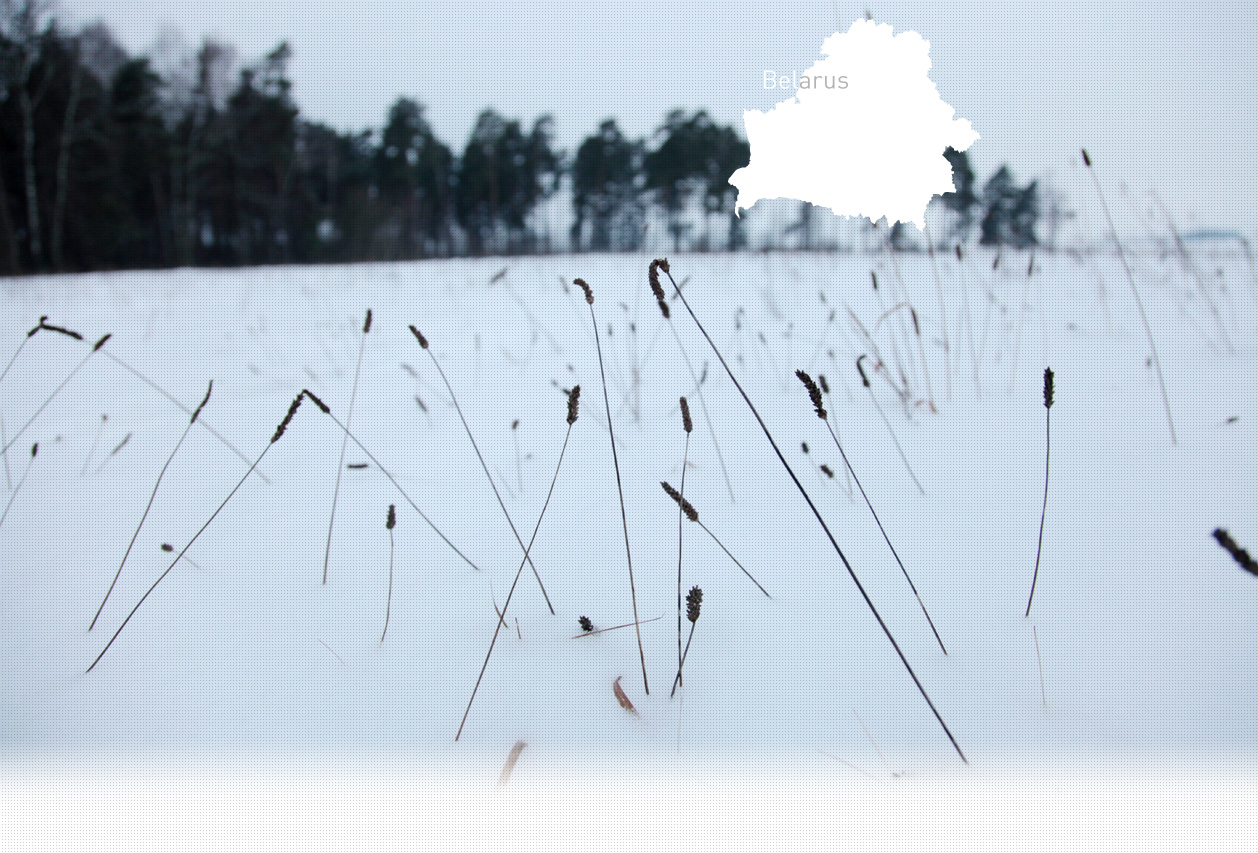

4 Sitio(s) de ejecución
Andrey R., nacido en 1933, es un testigo del fusilamiento de hombres judíos: "Los judíos estaban alineados en una fila en grupos de cuatro. Estaban vigilados por los alemanes por ambos lados y en la parte trasera de la fila. Los llevaron al granero. Los alemanes se llevaron a unos veinte hombres judíos y los obligaron a cavar la fosa. Ellos cavaron la primera fosa, porque la segunda fue cavada por aldeanos requisados. A mi padre, quien en aquel entonces era desiatnik, le ordenaron que buscara gente para hacer ese trabajo. Cuando llegué al lugar, la primera fosa ya había sido rellenada, y los aldeanos estaban a punto de cavar otra. Una vez la fosa estaba lista, el fusilamiento continuó. Los judíos fueron traídos del granero en grupos de quince. El lugar de la ejecución estaba a unos 2 km del granero donde estaban reunidos. Una vez en el lugar, los judíos tenían que alinearse al borde de la fosa y ser disparados con subfusiles". (Testigo n°208, entrevistado en Motol, el 13 de agosto 2008)
"A los hombres judíos se les dijo que serían llevados a otra ciudad para trabajos forzados. Sin embargo, fueron llevados al pueblo de Osovnitsa. Luego, fueron llevados en grupos al campo, situado a 500 metros al este del pueblo. Los judíos que esperaban su turno se les ordenó cantar. Una vez allí, los hombres tenían que desnudarse y eran fusilados dentro de las fosas. Durante el fusilamiento, todos los judíos estaban obligados a arrodillarse. Cada fosa medía 25 metros de largo, 3 metros de ancho y 2 metros de profundidad. Ese día los alemanes mataron a 1.400 hombres." [Ley elaborada por la Comisión Estatal Soviética (ChGK) tras la liberación; RG22.022M:7021-90-27].
Motol se encuentra al oeste de Bielorrusia, a unos 40 km al noroeste de Pinsk y a 145 km al este de Brest. Motal es el lugar de nacimiento y hogar de la infancia de Chaim Weizmann, el primer presidente de Israel. Los primeros registros sobre la comunidad judía se remontan al siglo XVII. Según el censo de 1806, había 152 judíos en Motol y, en 1897, su población había alcanzado los 1,354 judíos, que representaban el 32% de la población total. En 1921, 1.140 judíos (26%) vivían en la ciudad. La mayoría de los judíos vivían del comercio y la artesanía al por menor. La pequeña industria comenzó a desarrollarse en Motol a finales del siglo XIX con el establecimiento de dos talleres de velas, tres herrerías, un molino y una fábrica de mantequilla. Había dos sinagogas en la ciudad y un jéder. Un movimiento sionista operaba en la ciudad hasta 1939, cuando fue tomada por la Unión Soviética. Según las estimaciones, en vísperas de la guerra unos 3.000 judíos vivían en la ciudad.
Motol es ocupado por las fuerzas alemanas a principios de julio de 1941. Poco después de la ocupación, todos los judíos fueron etiquetados con brazaletes blancos que llevaban la estrella de David. 12 hombres judíos fueron elegidos y desplazados a Ivanovo. Se desconoce su destino, pero lo más probable es que fueran asesinados a tiros junto con los judíos locales. Un mes después, el 3 de agosto de 1941, se aconteció la primera ejecución. Toda la población judía fue previamente reunida en la plaza del mercado y dividida en dos grupos. Como resultado de la combinación de diferentes fuentes, incluyendo los archivos y los testimonios de los testigos locales registrados por Yahad, unos 1.400 hombres judíos fueron llevados fuera de Motol hacia el pueblo de Osovnitsa, situado a 2 km de distancia, donde primero fueron confinados en el granero, y luego llevados en grupos a la fosa para ser fusilados. Según el acta redactada en los archivos soviéticos, las 1.600 mujeres, niños y ancianos judíos restantes fueron llevados el mismo día al lugar llamado Gay, donde fueron fusilados. Sin embargo, comparando diferentes declaraciones y testimonios, descubrimos que algunas mujeres fueron llevadas a Osovnitsa, y encerradas en el granero. Fueron fusiladas junto con los hombres. El resto de las mujeres, es difícil establecer un número exacto, primero fueron confinadas en el edificio de la escuela junto con los niños y los ancianos, y luego, uno o dos días después, fueron llevadas al lugar llamado Gay, situado cerca del koljós n° 2, para ser fusiladas. Se les fusilaba en el suelo, no se cavaban fosas. Los judíos que no podían caminar eran fusilados en el camino al lugar de ejecución. Algunos judíos que conseguían esconderse y sobrevivir a la primera ejecución, pero si eran encontrados, también eran llevados a Gay para ser fusilados.
¿Tiene información adicional con respecto a un pueblo que le gustaría compartir con Yahad?
Por favor contáctenos a contact@yahadinunum.org
o llamando a Yahad – In Unum at +33 (0) 1 53 20 13 17